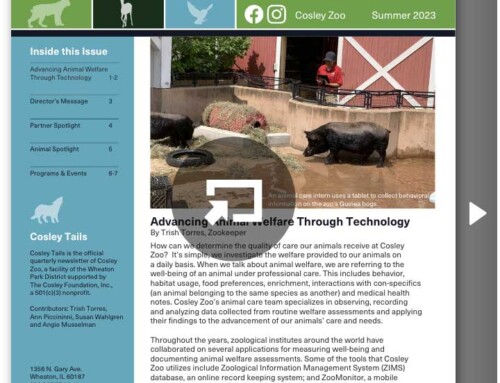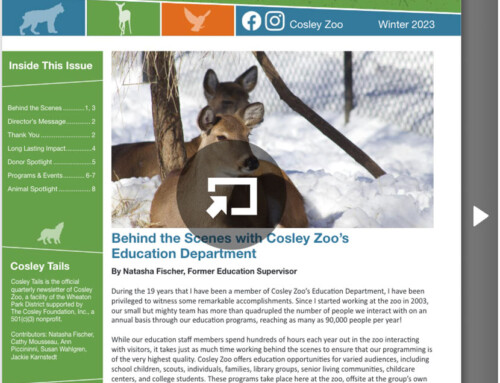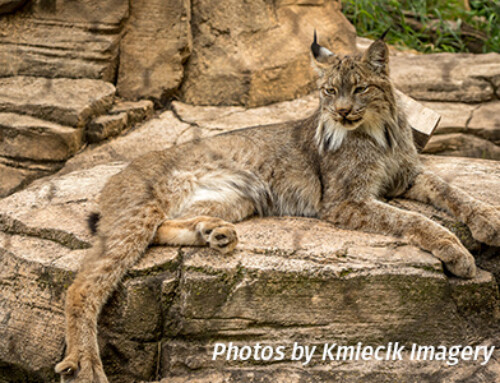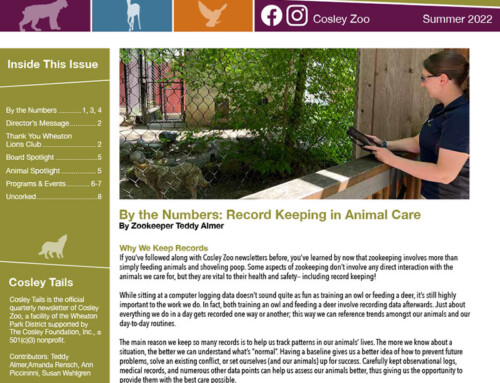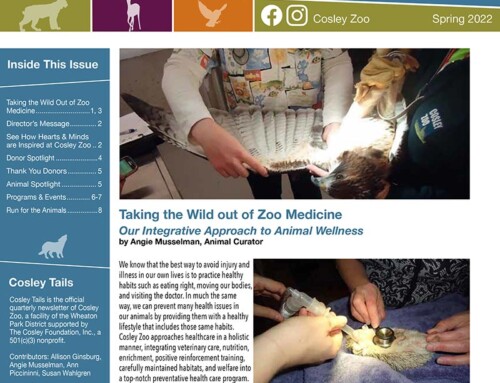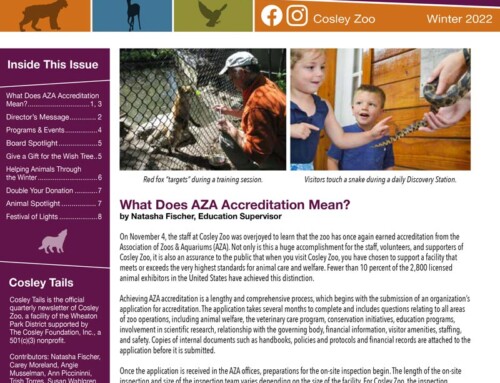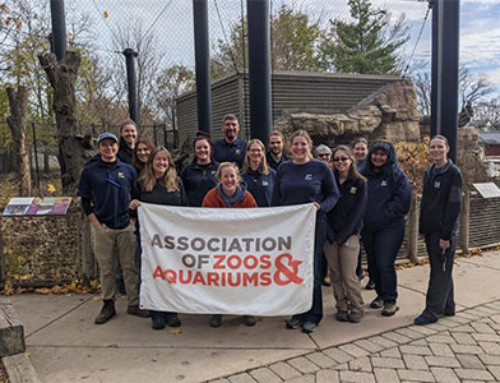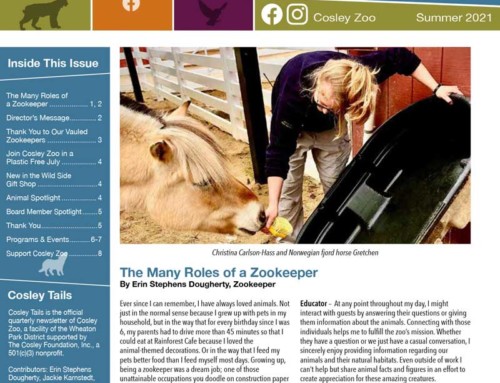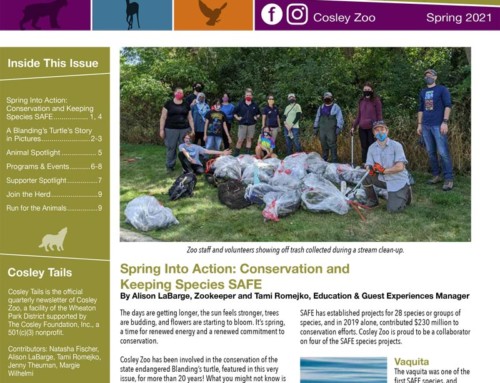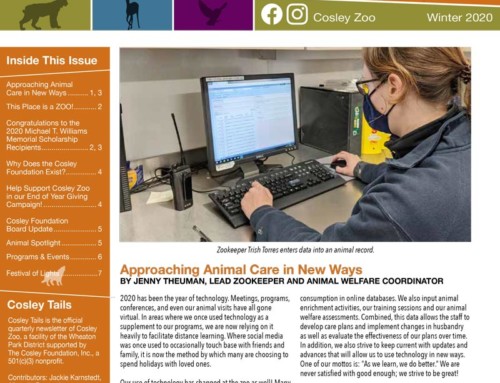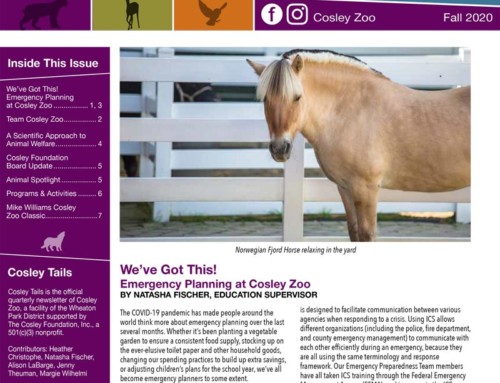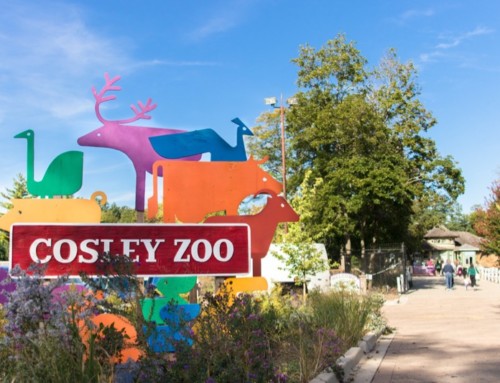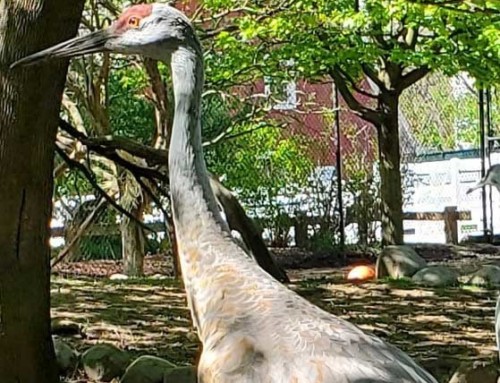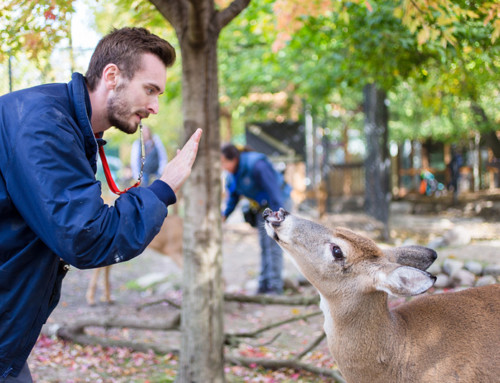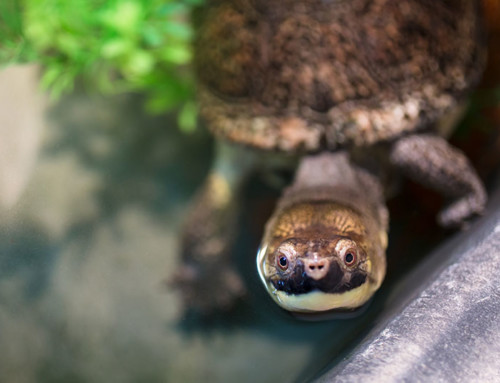FOR IMMEDIATE RELEASE
Margie Wilhelmi
Director of Marketing, Wheaton Park District
630.510.4984 | [email protected]
September 03, 2020
For 20 years, Cosley Zoo has been doing its part to save the endangered Blanding’s turtle. As part of the DuPage Forest Preserve District’s Blanding’s Turtle Head Start Program, Cosley Zoo’s dedicated team of zookeepers rears young turtles for release. Since the start of the program, more than 3,000 Blanding’s turtles have been released back into the wilds of DuPage County.
On Friday, August 21, Cosley Zoo released 55 yearling turtles. Due to careful management, these yearling turtles are closer in size to 2 or 3-year-old Blanding’s turtles. Their larger size will help them to avoid being preyed upon, one of their biggest challenges as hatchlings in the wild.
“Cosley Zoo is, above all, a conservation organization, and we could not be more pleased that, along with the assistance of several partners, we have been able to have such a significant and positive impact on the population of the Blanding’s turtle right here in DuPage County. Knowing that we are helping to ensure the continued survival of this Illinois endangered species is extremely fulfilling”, said Sue Wahlgren, Director of Cosley Zoo.
The turtles are housed in water-filled tubs in Cosley Zoo’s Conservation Room. As releasable animals, they are not on public exhibition, but there are cameras in the room which send live video to a monitor located in the barn aisle that can be viewed by the public.
While the turtles are living at Cosley Zoo, zookeepers provide them with food that mimics their diet in the wild, making sure they know how to catch and eat live prey (such as worms and crayfish) so they can survive on their own. Prior to their release, turtles are microchipped so they may be identified if they are found later in life by biologists.
Blanding’s turtles are semi-aquatic turtles and native to central and eastern parts of Canada and the United States. Blanding’s turtles prefer shallow, clear, standing water with abundant aquatic vegetation, but they can also be found in almost any type of water body.
To learn more or support Cosley Zoo’s ongoing conservation efforts, click here.








